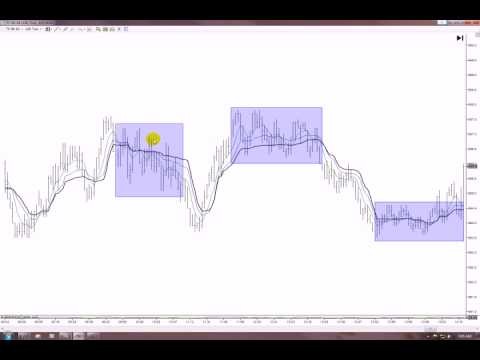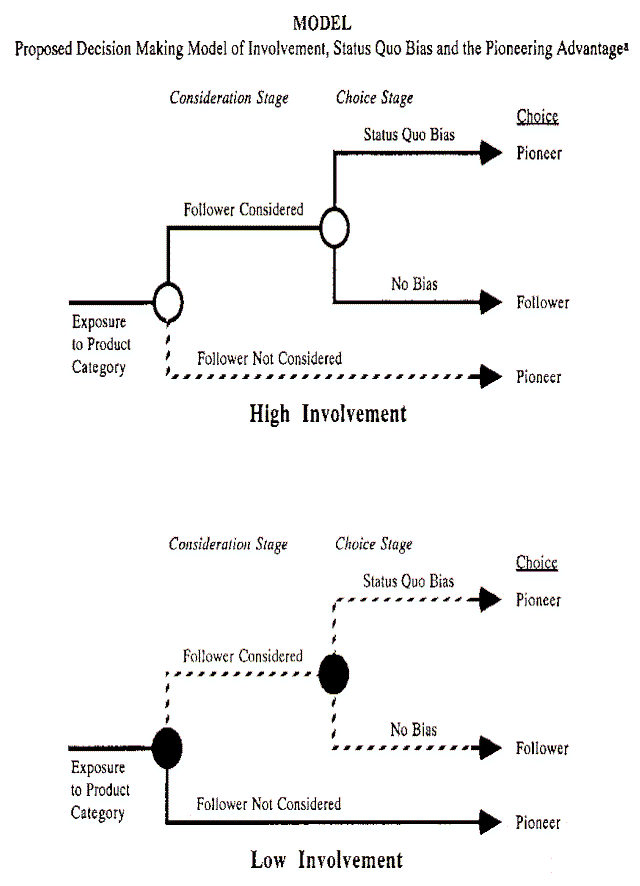Determining the Market Makers Bias
Post on: 26 Апрель, 2015 No Comment

Instructor
After writing on the topics of weekly and quarterly options, a number of readers from the Online Trading Academy community have e-mailed me requesting both a further explanation and interpretation of the option chains. This article is aimed at explaining, in greater detail, how to read the option chain in order to make a better trading decision. The OEX weekly option chains are used to illustrate my points.
First of all, just as the market is alive and constantly changing, so are the weeklies and their option chain. All of those Bid and Ask prices on them are constantly being re-priced depending on the current price of the underlying and other various factors connected with option pricing.
In my first newsletter. I addressed the fact that the limited amounts of strike prices that are posted for trading each week as well as the price increments of those strike prices represent the major obstacles for trading. Had there been more strike prices listed on the weekly option chain then the ability of timing the trade would be much better for a retail trader. To emphasize this point better, let us examine Figure 1 which listed the OEX weeklies at the close of 11-26-08.
Figure 1: OEX weeklies at the close of 11/26/08
On the chain above, we can clearly observe by simply counting the strike prices that there are altogether 19 different strike prices listed; the lowest one being 325 deep ITM (in the money), and the highest one 430 being OTM (out of the money) by only 1.52 cents. I have marked on the chart the top three strike prices: 325, 335, and 345, as well as the bottom two, 420 & 430, in order to illustrate their increments are 10-point-wide. The increments for those between 345 to 415 are only 5 points wide.
Figure 1 also shows that the price on Wednesday 11-26-08 closed at 428.48. The next day was Thanksgiving and the market reopened on Friday for only a half session. By the time the market closed on Friday 11-28-08, even that 430 strike price was ITM due to the OEX ending the session on the positive note and closing at 432.84. The point is that the market makers have prepared and listed all those 19 strike prices of Figure 1 on the Friday 11-21-08 before the market opened. The day before, Thursday 11-20-08 the OEX was trading around the 365 area, closing on that day at 367.10. In the light of this context, we can conclude that the OEX has traveled 77 points from 365 to 432 within a week.
Now could this scrutiny of the option chain give us any insight to where the market makers bias was at the time when they have created those 19 strike prices? Let us search for the clues. On the morning of 11-21-08, the OEX was trading at the 365-ish zone, so the market makers created the prices both to the downside (as low as 325, which was 40 points away) and to the upside as high as 430. Explicitly, 65 points away, from 365 to 430. On Friday morning, 11-21-08, it did not seem feasible to the market makers that the OEX could spike up any higher than 75 OEX points within five trading sessions. It appears that their bias was towards the upside but they had no clear idea how much to the upside and that is the reason why they stopped listing the strike prices at 430. They had no crystal ball to predict that the price would close at 432 on 11-28-08.
An additional reason for 19 different strike prices listed on the OEX weeklies for the past week is directly related to the VIX levels. Figure 2 shows the chart of the VIX which is the CBOE (Chicago Board Option Exchange) Volatility Index.
Figure 2: VIX chart
The VIX is a contrarian indicator as the market goes up in the value, the VIX simultaneously drops in its value. The price action of the VIX indicates that on Fridays open of 11-21-08, the VIX was trading at the 80 area. By the time the week was over, the VIX was down at the 55 zone. This is a 25-VIX-point drop within a week.

Having scrutinized what happened last week, let us look deeper into what the market makers have created for this week on the OEXs weekly option chain.
Figure 3: Current weeklies for the first week of December 2008
Figure 3 illustrates the current weeklies for the first week of December. As of Monday morning 12-01-08, there are only 11 strike prices listed on the chain. They go from 390 being the lowest to 450 being the highest. If we take the difference of the two (450-390 = 60 points) and compare it with the last weeks strike prices of the weeklies on the OEX we could see a big difference between the two. On Figure 1, we had 19 strike prices, the highest one being 430 and the lowest 325. The difference of 430-325 is 95 points. As we observed in the last week alone, the OEX has moved 77 points. The market makers have forecasted the OEX move within the range of 95 points without having any certainty in which direction. This week the market makers are predicting a lesser range; therefore, they have created less strike prices. Specifically 11 versus 19 from the last week; or in terms of range, this week the market makers have created the strike prices that cover 60 OEX points versus 95 OEX points from the last week.
Finally, the OEX is sitting at 432 as of Monday before the market opens. The market makers have put the highest strike price at 450 which is only 18 points away from its current price; whereas, they have placed the lowest strike price at 390 which is 42 points below the current price. Can any of the readers of this article draw the conclusion as to which side the market makers are biased? Hint only 18 points to the upside versus 42 to the downside.
In conclusion, this article has illustrated how to determine the market maker bias by scrutinizing the mathematical numbers that are presented to us on the option chain in terms of the strike prices. We counted the number of strike prices and their increments, and we also compared the highest and lowest strike prices to the current price level at the time of the weeklies introduction for trading. This led to the conclusion that the higher the VIX levels are, the more strike prices on the weeklies shall be listed. We also observed that last week, the VIX was high while this week, it is relatively low when compared to last week. This reason alone could justify the number of strike prices that the market makers have listed, yet the number of strike prices alone could never give us a clue where the market makers bias is. The charts will. Figure 4 shows the OEX daily chart with the downtrend line.
Figure 4: OEX daily chart for 11/28/08
Technically, it appears that the OEX is about to have a pullback this week; however, to what extent, no one knows. Let us watch the market as it unfolds.














